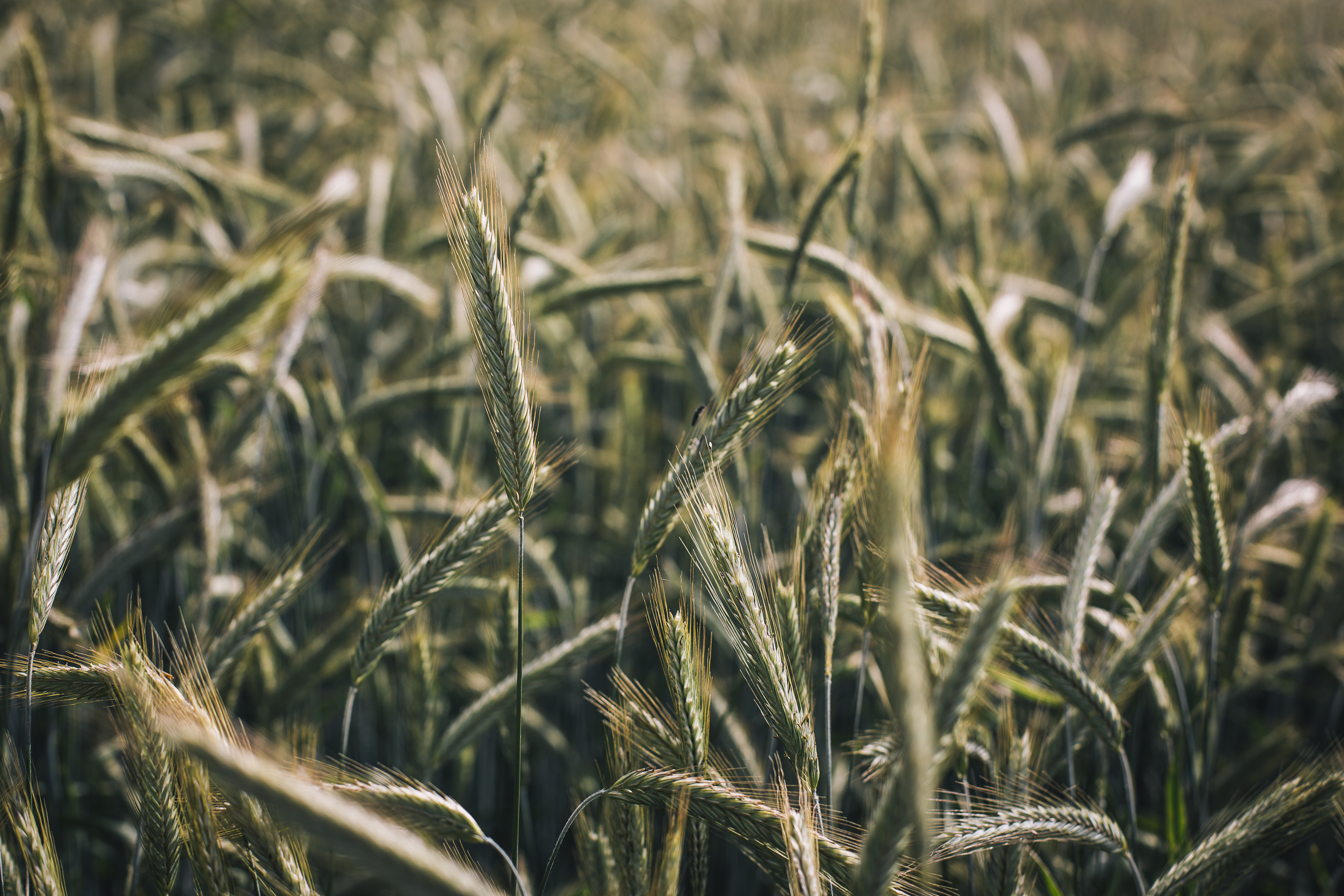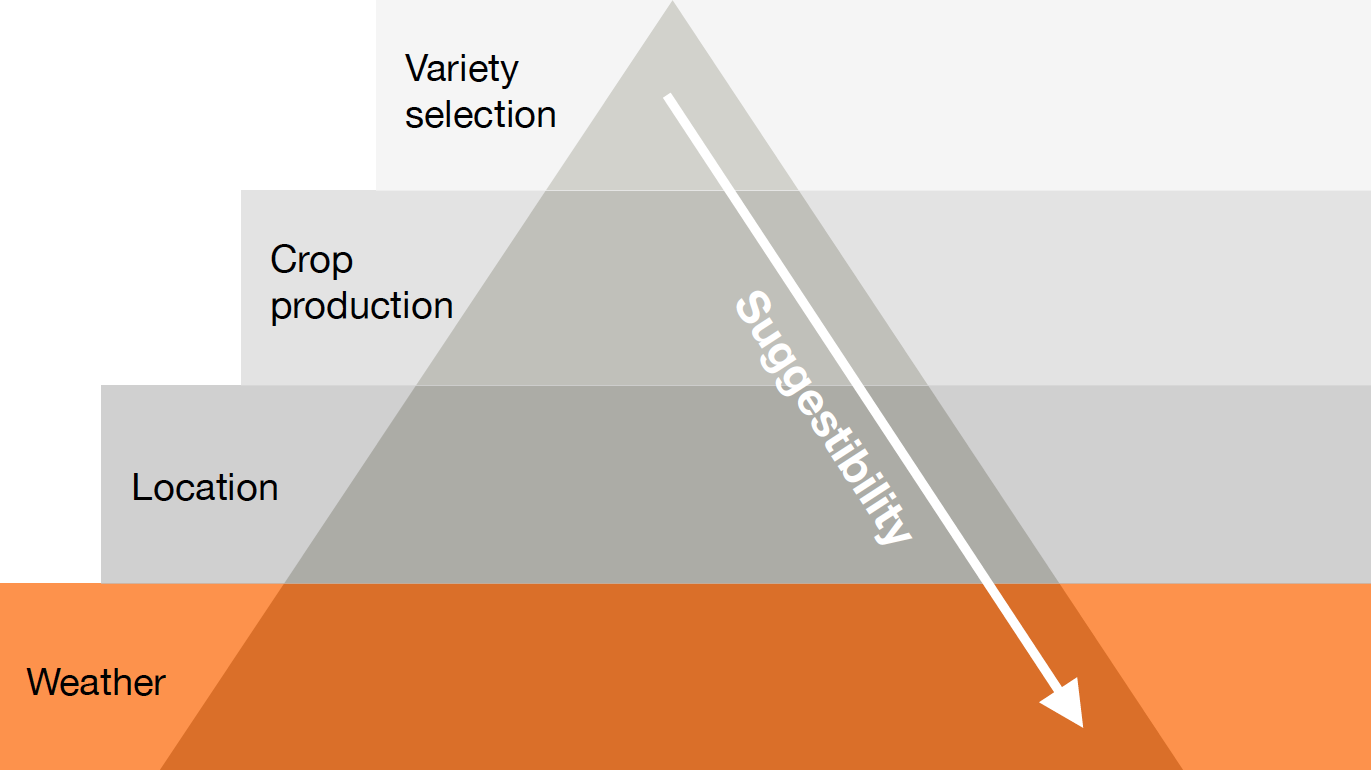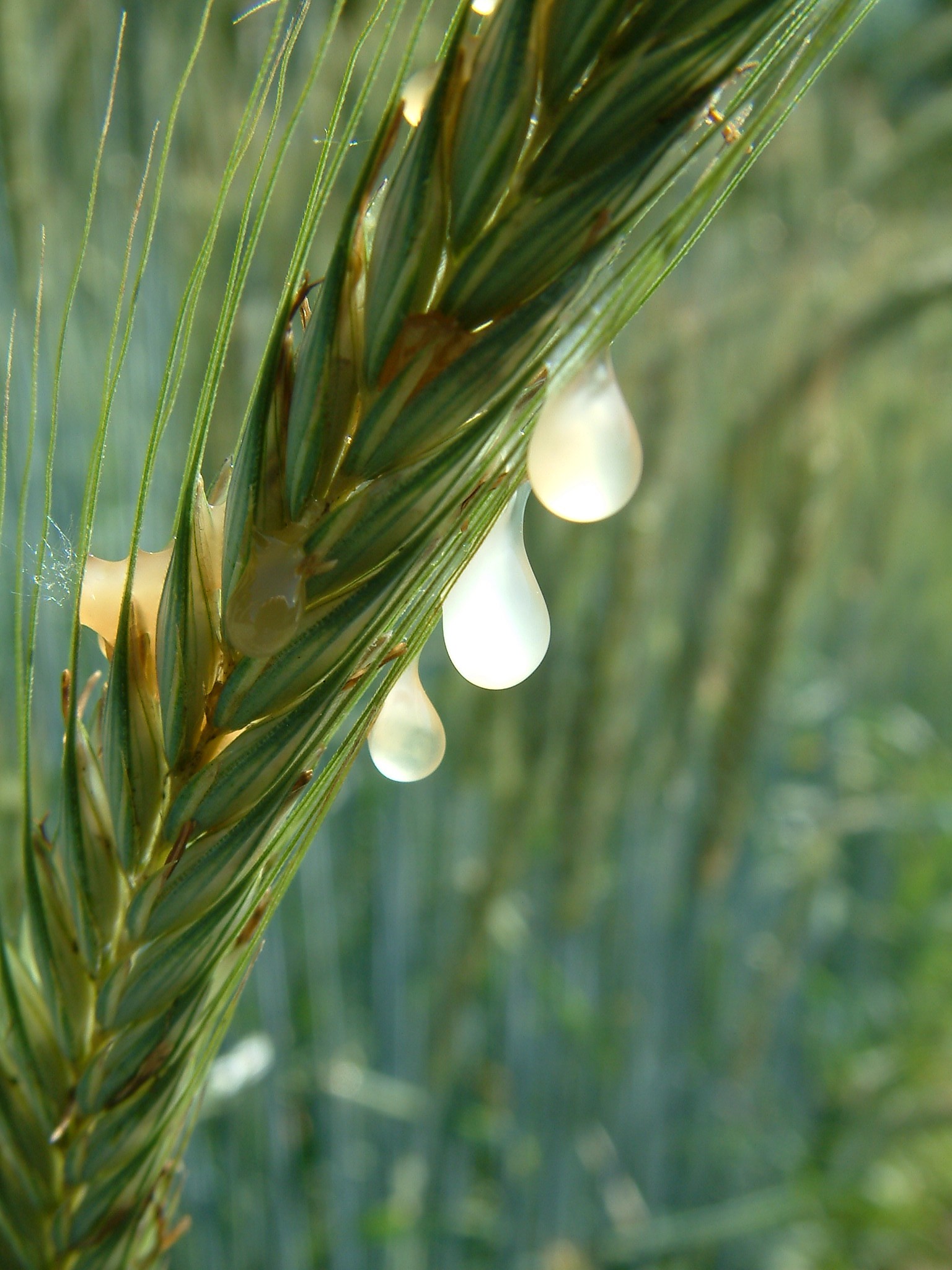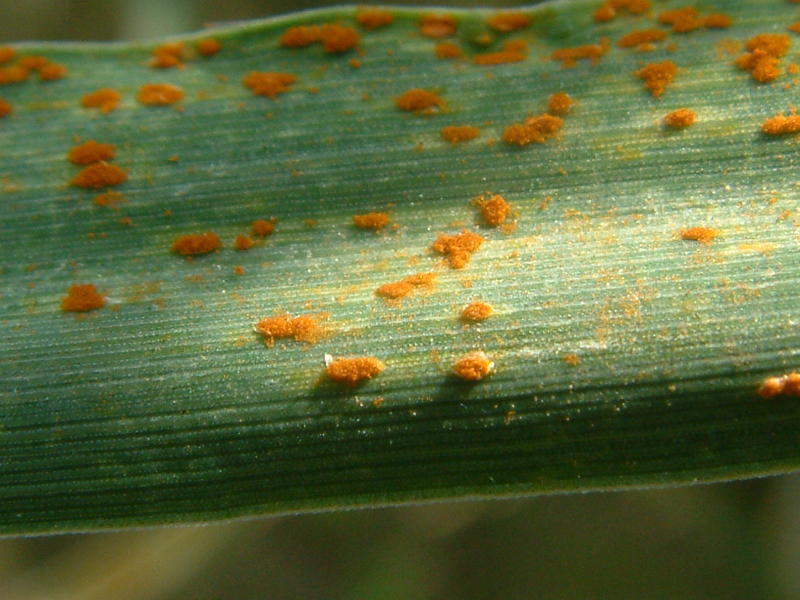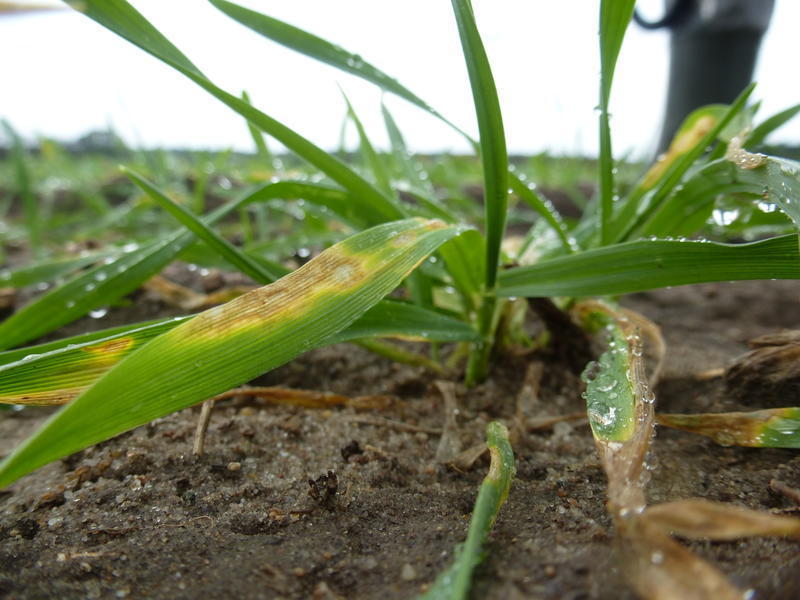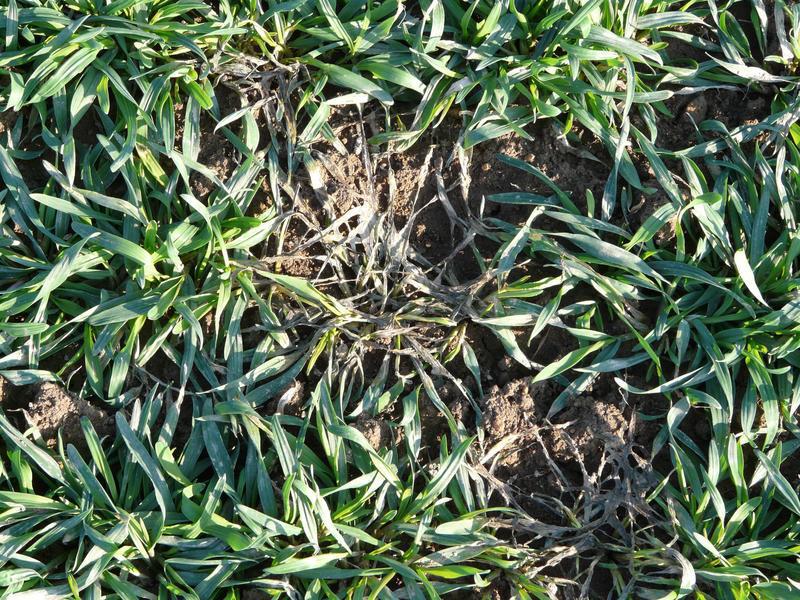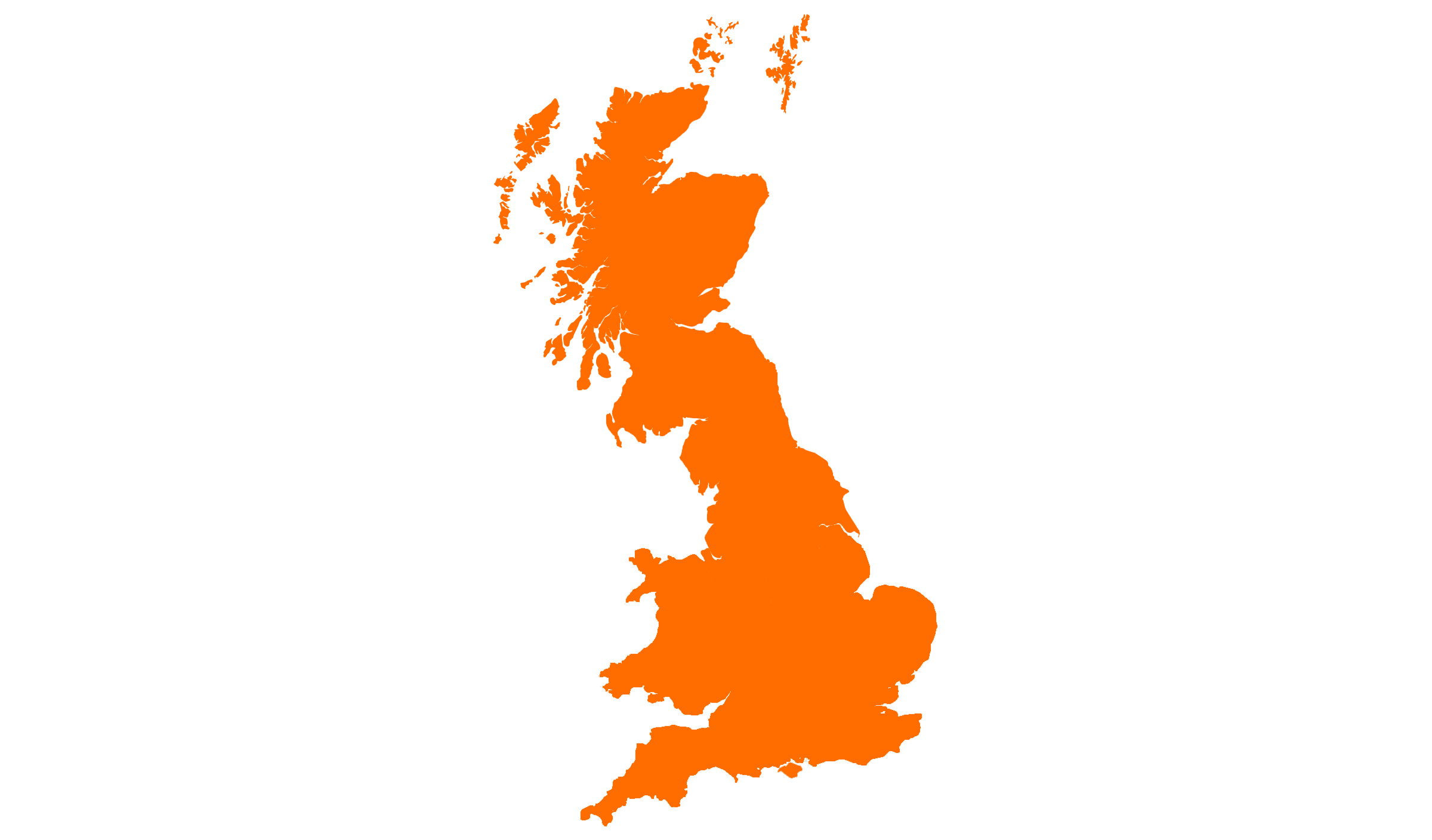Ergot in rye
(Claviceps purpurea)
Meaning
In an ergot infection, damage is manifested not so much by a yield reduction as by the presence of toxic alkaloids in the sclerotia. High stocking in the crop limits commercialisation for both human nutrition and feed use. Above a limit value of 0.1% in fodder rye and 0.05% in bread rye, selling the product is no longer allowed or is allowed only at discount prices.
Main symptoms
The ergot pathogen (Claviceps purpurea) forms yellowish sticky drops (honeydew) on individual fruits during flowering. Later, the dark purple or even white horn-shaped ergots appear, which develop instead of the cereals. They can range from a few millimetres up to six centimetres in size.
The ergot fungus is found in cereals and more than 400 other grass species. Blossoming wild grasses at the edges of fields and in the plots can be utilised by Claviceps purpurea as an intermediate host. To reduce the risk of ergot infection, grass weeds must be systematically controlled:
- Mulching of field margins and fallow fields
- Controlling grass weeds (host plants) in the crop
When rye is planted after rye, soil working with turnover should be employed so that the germinated ergot fungus does not reach the soil surface.
Delayed, extended or non-uniform flowering increases the risk of ergot infection.
The following measures contribute to achieving a uniform, brief flowering time:
- Optimal sowing density
- Balanced nitrogen fertilisation
- Use of growth regulators that is adapted to site and weather conditions
- Sufficiently wide driving aisles
- Avoidance of unnecessary driving on the field
The location factor is generally difficult to modify. When selecting a field for cultivating rye, it is necessary to keep in mind that locations open to the wind promote pollen dispersion. Pollen dispersion can be inhibited at locations with delayed drying of the crop field (edges of forests, shaded areas).
No option is available for controlling ergot by applying fungicides.
